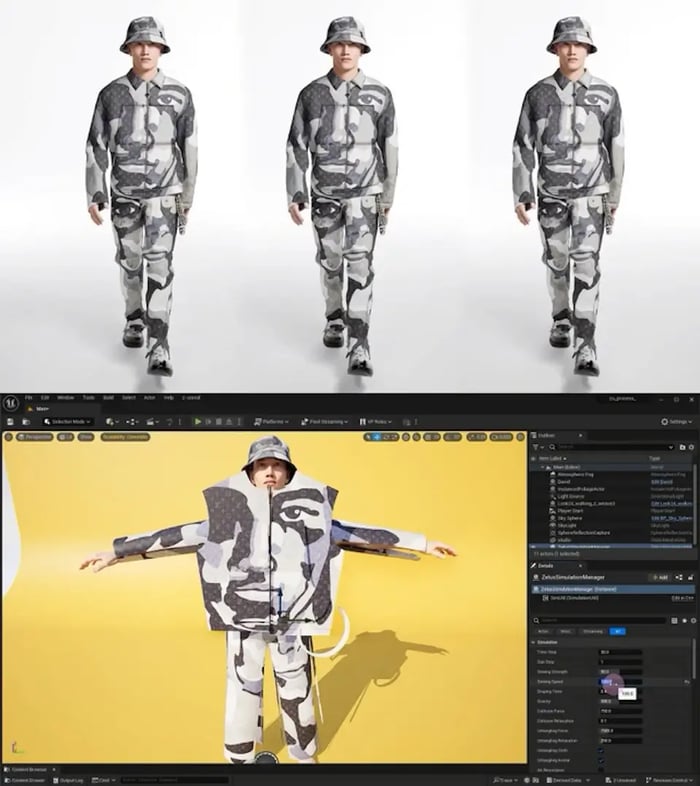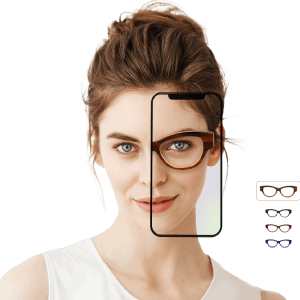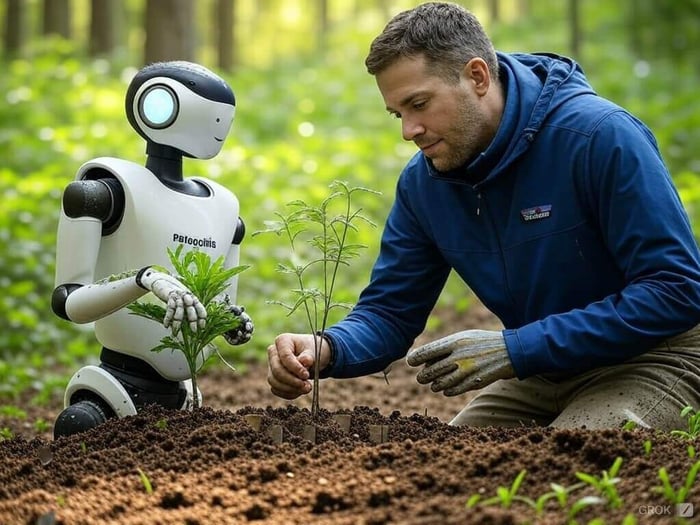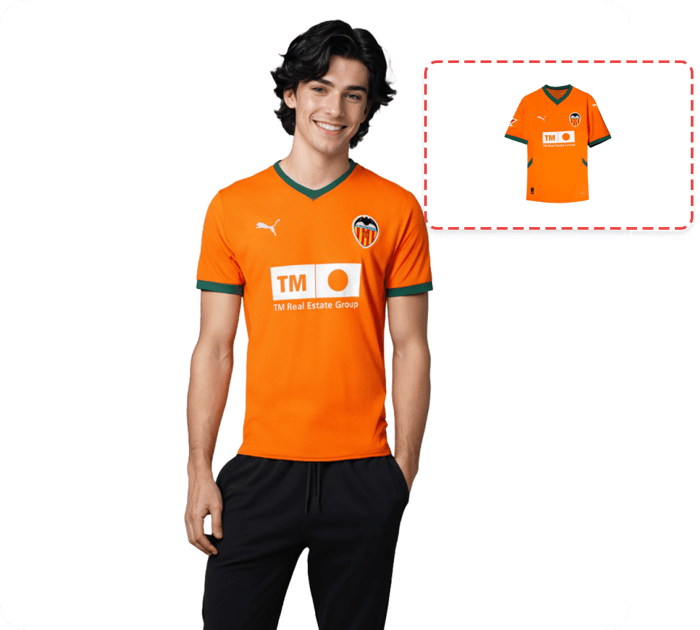8 AI Changes that are Revolutionizing the Fashion Industry
Table of Contents
In the ever-evolving landscape of fashion, a revolution is unfolding with the advent of AI. This is not a glimpse into the future but the reality of today, where AI for fashion is transforming design, development, customer engagement, and supply chain efficiency. Fashion entities are now harnessing machine learning, computer vision, generative models, and advanced image-generation tools to streamline operations, spike sales, and enrich customer experiences.
Fashion entities are now harnessing machine learning, computer vision, generative models, and advanced image-generation tools to streamline operations, spike sales, and enrich customer experiences.
In this new era, AI for fashion stands as a pivotal force in the industry. It empowers brands to forecast trends with stunning precision, offer tailored shopping journeys, manage supply chains dynamically, and create high-quality, AI-driven imagery that transforms the creative and marketing processes.
Explore how giants like H&M, Zara, Adidas, and innovative solutions like Modelia are leveraging AI for fashion to navigate the future. AI is not just transforming trend forecasting and product customization but is also paving the way for sustainable practices, effective inventory control, and cutting-edge visual marketing—heralding a new age for the fashion industry.
8 AI Changes that are Revolutionizing the Fashion Industry
1. Trend Prediction and Analysis
In the cutting-edge world of fashion, identifying future trends is essential for maintaining a competitive edge. AI has completely transformed this process, leveraging extensive datasets gathered from runway shows, social media, search engine trends, and purchase records.
These analyses enable AI to detect emerging patterns and signal upcoming trends with unmatched accuracy and speed. Tools like Tagwalk harness AI to decode market dynamics, translating them into actionable strategies for designers and labels.
2. Generative Design
Generative AI is redefining the creative landscape within the fashion sector by facilitating the creation of new designs and the enhancement of existing ones. Tools like ClothingGAN and AiDLab generate detailed designs and 3D models for items ranging from apparel to jewelry, reducing resource dependence and promoting sustainability.
Generative AI is also being harnessed by companies like Autodesk, which specializes in advanced design tools for various industries, including fashion. Autodesk's generative design technology, powered by AI, enables designers to input parameters such as material type, weight, durability, and aesthetic goals. The AI then generates numerous design alternatives that meet these criteria, allowing creators to explore innovative solutions that might not have been conceived through traditional methods.
3. Image Generation for Fashion Marketing
One of the most transformative innovations in AI for fashion is the use of AI-driven image generation to create high-quality visuals for marketing campaigns. AI tools like Modelia have emerged as the gold standard in this area, allowing brands to produce hyper-realistic images of clothing on diverse models.
With Modelia, fashion brands can showcase their collections on virtual models of different body types, ethnicities, and styles, saving time and costs associated with traditional photoshoots. Moreover, it enables brands to adapt visuals in real time to specific markets, optimizing engagement and conversion rates.
4. Virtual Try-On and Fitting Tools
AI-powered virtual try-on tools, like Zakeke’s Virtual Try-On and Google Shopping's innovations, revolutionize the online shopping experience. Customers can visualize garments on models that mirror their size, skin tone, and body shape, boosting confidence and reducing returns.
5. AI in Supply Chain Management
AI is revolutionizing supply chain management, enabling brands to fine-tune inventory levels, optimize logistics, and reduce waste. Predictive analytics powered by AI ensures that products are available when and where they’re needed.
One company that uses AI to reduce its environmental impact and promote eco-friendly practices is Patagonia. The brand has been integrating AI technology into its operations to improve sustainability across the supply chain. They use AI to optimize its manufacturing processes, reduce waste, and make more efficient use of resources. By leveraging AI-driven tools, Patagonia can better predict consumer demand, which helps minimize overproduction and unnecessary waste.
Additionally, Patagonia utilizes AI to assess the environmental impact of different materials, supporting the use of sustainable materials like organic cotton and recycled polyester. The company also applies AI to enhance its recycling processes, aiming to reduce its carbon footprint and encourage circular fashion practices.
6. Sustainable Manufacturing Practices
AI contributes to eco-friendly manufacturing by optimizing production workflows, minimizing waste, and promoting the use of sustainable materials like recycled polyester and organic cotton. By leveraging AI, companies can reduce the environmental impact of their production processes, ensuring that resources are used more efficiently and waste is minimized. AI can also analyze the lifecycle of materials, suggesting the most sustainable options and helping brands transition to circular economies.
An example of AI applied to fashion to reduce environmental impact is The Fabricant, a pioneering company in the creation of digital fashion. This company uses artificial intelligence to design completely digital garments, eliminating the need to produce physical clothing until it has been sold or requested. By not generating material waste, the use of AI helps significantly reduce carbon footprint and the consumption of natural resources.
Additionally, the brand employs AI to develop virtual patterns and textiles that do not require physical samples to be produced, which also reduces waste associated with traditional design testing. Their approach not only reduces environmental impact but also opens up new opportunities for more sustainable and personalized fashion.
7. AI-Driven Image Generation for Customization
AI image generation is also reshaping product design by offering unparalleled customization options. For instance, Modelia allows brands to create custom imagery of their collections tailored to individual customer preferences. Whether it's generating designs based on specific inspirations or crafting personalized looks, AI tools demonstrate how they can empower brands to meet consumer demands for unique, on-demand products.
8. Real-Time Product Visualization
AI image generation also plays a vital role in real-time product visualization. From concept sketches to final imagery, tools like Modelia allow fashion designers to see their products on models without needing the physical garment for the photoshoot.This efficiency shortens development cycles and allows for greater creative exploration.
Conclusion
The integration of AI for fashion is a transformative force redefining every aspect of the business, from design and production to customer interaction and supply chain management.
Key takeaways include AI's ability to predict trends, generate innovative designs, enhance customer experiences through personalized recommendations and virtual try-ons, and optimize supply chains for greater efficiency and sustainability. Additionally, the advent of AI-powered image-generation tools like Modelia has opened new horizons for marketing, customization, and creativity.
As the fashion industry continues to evolve, embracing AI for fashion is not optional but imperative for staying competitive. By adopting AI-driven solutions, businesses can boost their bottom line while fostering sustainability, innovation, and customer satisfaction.
The future of fashion is undeniably tied to the strategic use of AI. Brands that harness this technology today will not only redefine their operations but also lead the industry toward a more innovative and sustainable tomorrow.
Don't fall behind—try Modelia now! Sign up for the Modelia newsletter for fresh updates and insights. Stay on top of fashion AI trends and never miss out!
How would you rate this article:
Related Articles
- Top 5 AI Background Removal Tools for Effortless Photo Editing
- Text to Video AI: Revolutionizing Content Creation with Automated Video Generation
- Top AI Fashion Companies Innovating the Future of Fashion with Artificial Intelligence
- Design Eye-Catching Magazine Covers with AI
- 25 AI Product Images Tools to Improve your Online Sales in 2025
- 7 Best fashion AI tools for designers
- Best AI Tools for Apparel and Fashion Brands in 2025
- The Future of AI Shopping: Smarter, Faster, Personalized
- AI Person Generator: Generate Unique and Realistic People with AI
- The Best Clothing for Travel: Fashion Staples for Comfort and Style
